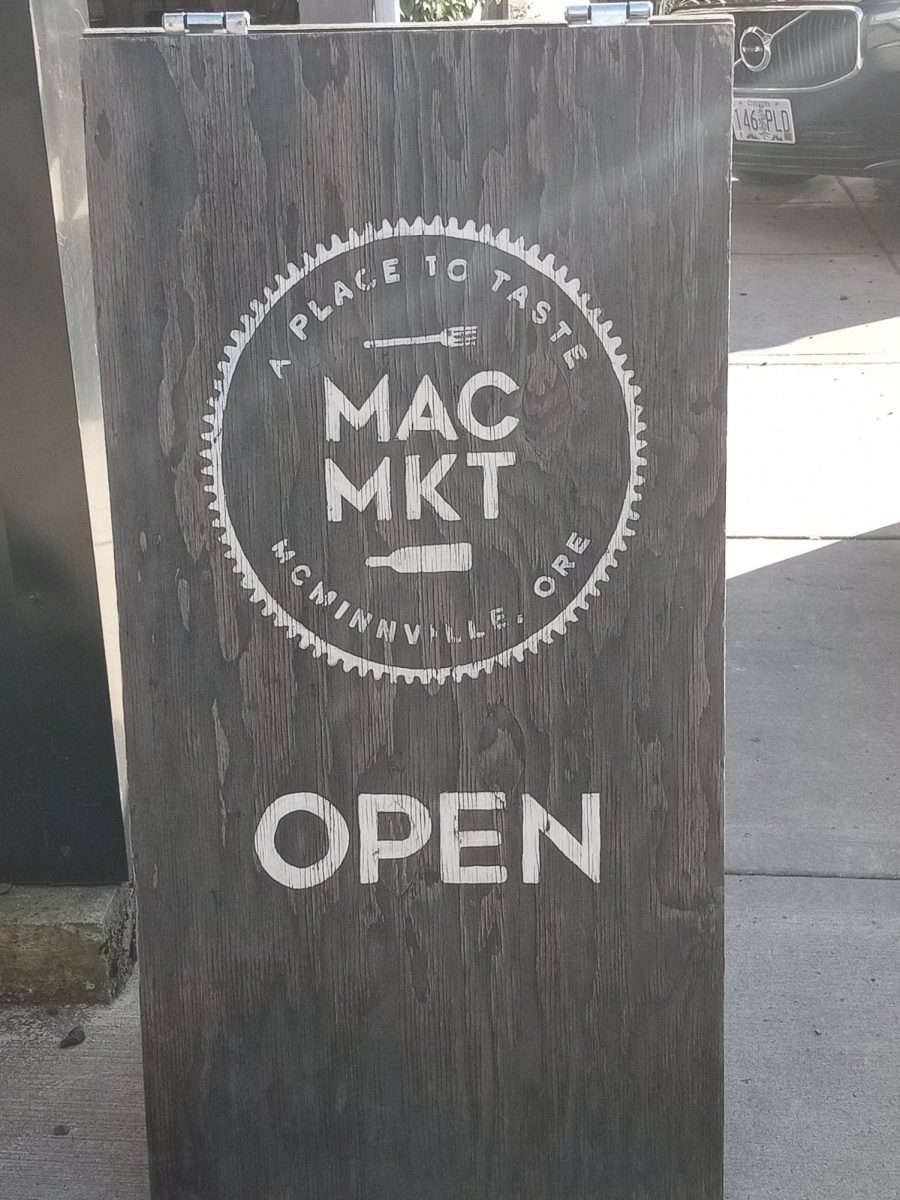Millions are invested in the creation and manipulation of illegal drug compounds, allowing them to be distributed on storefronts nationwide.
“The idea is that it is legal marijuana. It is smoked like it and produces similar reactions. Although it still acts on the same receptors in the brain, because it is a different chemical structure, one is able to beat the drug test,” said Graham Rankin, visiting professor of forensics, from Marshall University.
Rankin said that, no matter what it is called: if it is herbal incense, spice, K2, black mamba, bombay blue, ivory wave or vanilla sky, it is still a chemical modification to an illegal drug.
Once seized, the substance is given to a forensic lab that identifies the compounds and determines if the substance is structurally similar enough to the illegal drug to deem the substance also illegal. In many cases the drug is not similar enough to something illegal and the individual and their drug substance is let go.
There are eight different structural classes of these chemical compounds. These classes were developed to try and get a handle on the expanding drug modification sector.
The difficulty is that the development and modification of these chemicals is happening at such a rapid pace that it is difficult to not only process the testing orders fast enough, but it is difficult to identify the structures as one of the eight classes because they are developed to avoid detection.
Identifying the compound in a lab is more difficult than one would think. Many of the drugs are created in legitimate labs in China after hours. As a result, the drugs are professional grade and easily manipulated to create new strands.
There are two approaches to reaching the solution.
The first is through GC-IR, an instrument that graphs the sample drug and other drugs on test paper to determine the structural similarities and the differences of isomers. This is not common in all labs.
The second solution is to use fluorinated acidic anhydride derivatives, a chemical modification that contains florins. The florin then reacts with the substance to make a positive change allowing one to differentiate the compounds from another and to connect illegal drugs with new drugs that chemically resemble the structure of the illegal drugs with slight differentiation.
Science students packed into a crowded room on March 6 to hear Rankin talk about his background in forensics and drug modification.
“I thought it was really interesting to learn how a lot of these compounds were based off of already existing compounds. A change in a methyl or the orientation of space within the chemical can drastically change the effect, which was really interesting to me,” said senior Julie Saidno, biochemistry major at Linfield.
Kathryn Devore / Staff writer
Kathryn Devore can be reached at
[email protected].






